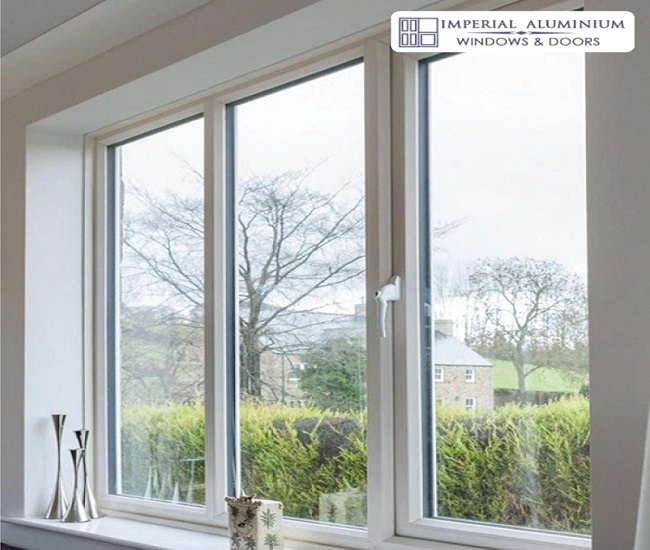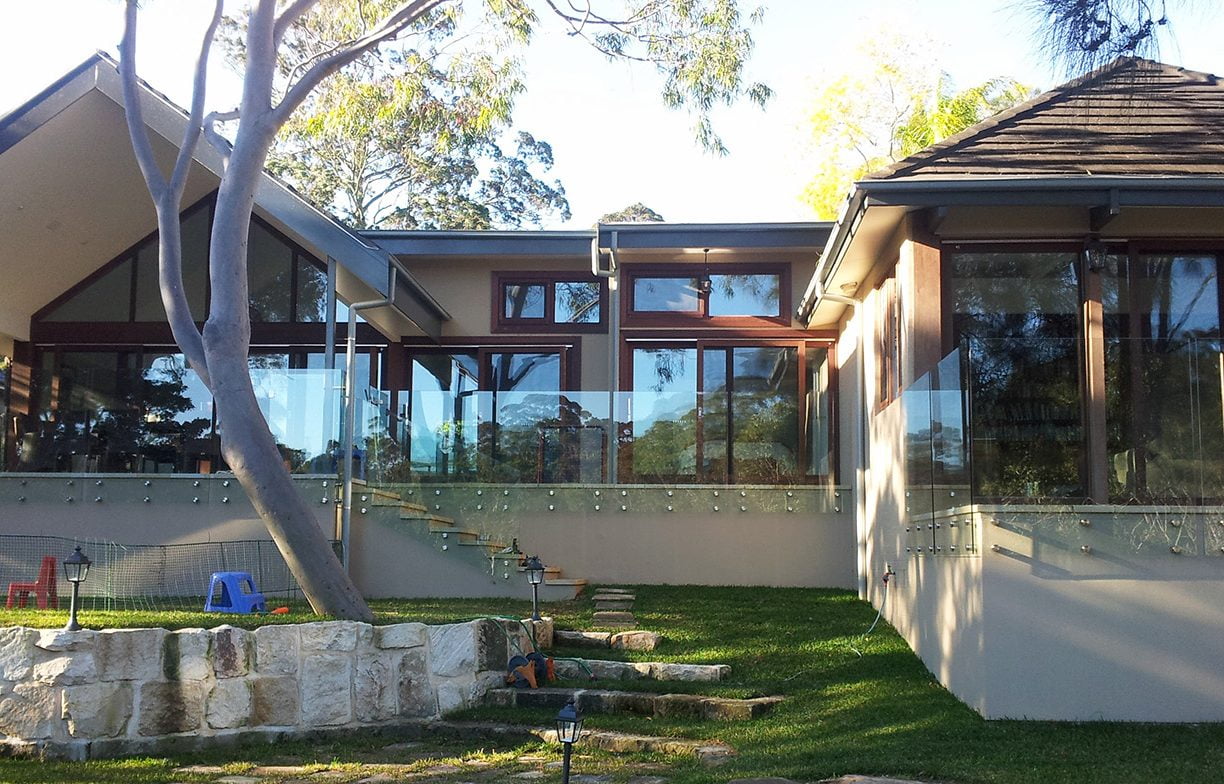All Categories
Featured
Table of Contents
Windows Of Opportunity: Your Guide To High-performance ... in East Cannington Perth
That window can transmit more solar heat in winter season than in summertime. A west-facing window on a summertime's afternoon has an angle of occurrence from near 0 approximately 30 with a big effective location of solar radiation. A north-facing window, in summer season, has a high angle of occurrence and a low reliable area of solar radiation, so can transfer less heat than a west-facing one.

You can rapidly and quickly enhance the thermal efficiency of your house by changing your windows. There are thousands of types of glass and frames to choose from.
Sustainability in Carine Western Australia
Single glazing with clear glass is not really efficient when it comes to heat loss or gain. To enhance performance, you can use single glazing with a more energy-efficient type of glass such as low emissivity (low-e) glass.
Several layers can be assembled with sealed cavities between each sheet of glass. IGUs generally use better energy efficiency than single glazing, due to the fact that they send less energy. However, the energy efficiency of IGUs also depends upon: the properties of each layer of glass. Various glass types (for instance, clear and low-e glass) can be put together in an IGU.
Which Double Glazed Windows Are Best For Summer? in Embleton Western Australia

IGU cavities can be filled with air or a more inert, low-conductivity gas such as argon the width of the cavity. Broader cavities supply lower (better) U worths, with 12mm normally accepted as the preferred gap how well the cavity is sealed.
If argon is installed to the cavity in place of air, wetness is dependably omitted the level of desiccant (drying agent). The spacer (metal or polymer strip) that separates the glass layers consists of a desiccant to take in any wetness. Insufficient desiccant may trigger moisture to condense on the glass surface in cold conditions, lowering thermal efficiency.
Does Double Glazing Keep Heat Out in Ardross WA
IGUs can provide better energy efficiency for all environments, especially in heated and air-conditioned homes. Cross-section detail of single, double and triple-glazing systems Low emissivity glass (typically called low-e glass) lowers heat transfer. Low-e glass might be either high or low transmission: High transmission low-e glass has a covering that allows daytime from the sun to pass into your home to accomplish excellent solar heat gain, however minimizes the quantity of the long wavelength infrared heat that can get away back through the window.
Low-e glass has either a pyrolytic covering or a vacuum-deposited thin film metal covering. Pyrolytic coverings are resilient and can be used for any glazing; vacuum-deposited finishes are soft and are just utilized within IGUs. Low-e finishes can significantly enhance both U value and SHGC; nevertheless, they must be utilized properly or they will either deteriorate or stop working to carry out as required.
How Does Double Glazing Keep Heat Out? in Ardross Western Australia
Low-e coatings can be utilized in mix with clear, toned or reflective glass. Low-e finishings on glazing can reduce heat transfer where required Image: Department of Market, Science, Energy and Resources Toned glass has colouring additives included throughout manufacture. It is readily available in numerous colours, usually bronze, grey, blue and green.
Table of Contents
Latest Posts
Reglazing Single Glazed Windows With Double Glazed Units in White Gum Valley Western Australia
Replacement Double Glazing - Upvc Windows in Kingsley Perth
Energy Efficiency With Double Glazed Windows 2023 in Como Perth
More
Latest Posts
Reglazing Single Glazed Windows With Double Glazed Units in White Gum Valley Western Australia
Replacement Double Glazing - Upvc Windows in Kingsley Perth
Energy Efficiency With Double Glazed Windows 2023 in Como Perth